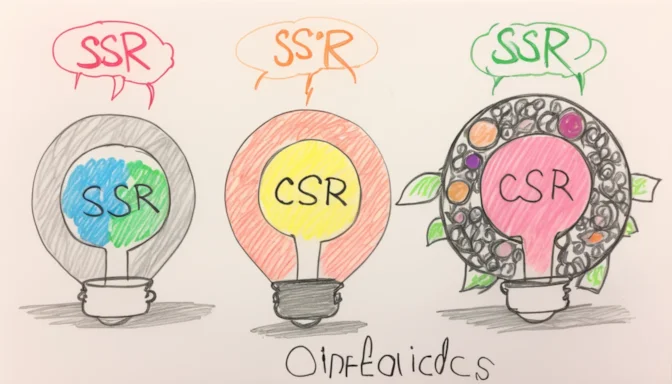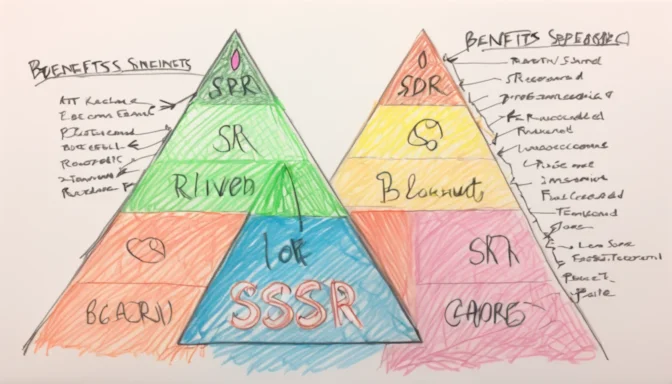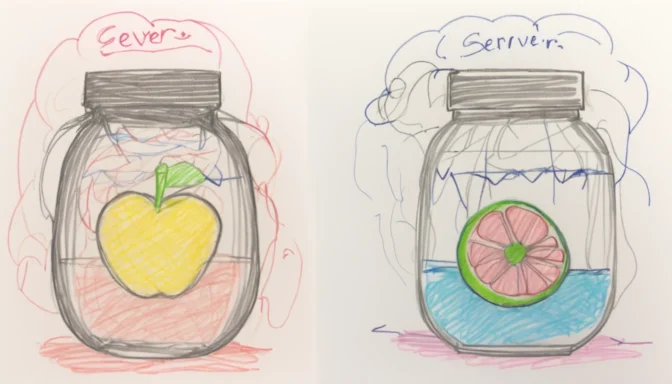Differences Between Server-Side and Client-Side Rendering

While Server-Side Rendering (SSR) provides a fully-rendered HTML page upon first load, Client-Side Rendering (CSR) initially displays an empty page. SSR boasts the advantage of speed as the browser avoids processing large JavaScript files for immediate content visibility.
Advantages of Server-Side Rendering Over Client-Side Rendering

SSR enhances both performance and user experience by rendering HTML on the server before it reaches the client. This method significantly reduces the time it takes to display a webpage, resulting in faster load times and a smoother experience.
Is Client-Side Rendering Bad for SEO?

Although CSR offers fast load times and a seamless user experience, it poses challenges for SEO. Search engines may struggle to crawl and index the dynamically generated content on a CSR-based website.
API vs SSR: What's the Difference?

Server-Side Rendering (SSR) specializes in generating full HTML pages on the server during HTTP requests. Conversely, APIs focus on data fetching, often outside of web frameworks like Gatsby, and do not handle HTML rendering.
Client-Side Rendering Explained

Client-Side Rendering (CSR) uses JavaScript to render web pages in the browser. Initially, the HTML file is sent by the server, but subsequent updates to the page are managed dynamically by the client's JavaScript.
Dynamic Rendering vs Client-Side Rendering

Dynamic rendering servers detect bots struggling with JavaScript and serve them a server-rendered version without JavaScript. Conversely, human users see the client-side rendered version, relying on JavaScript for dynamic updates.
Drawbacks of Client-Side Rendering

CSR can result in slower initial load times and necessitates JavaScript to be enabled in the browser. These factors can adversely affect user experience and could pose problems for users with outdated browsers or accessibility needs.
When to Use Client-Side Rendering

CSR is ideal for websites requiring dynamic content updates without reloading the page. It offers a seamless experience but should be used cautiously when initial load times and SEO are primary concerns.
Can Google Crawl Client-Side Rendered Pages?

Google can indeed crawl client-side rendered pages, but the speed and efficiency of rendering are crucial for SEO. Accelerating the rendering process improves the likelihood of achieving better search engine rankings.
 E-Commerceo
E-Commerceo
